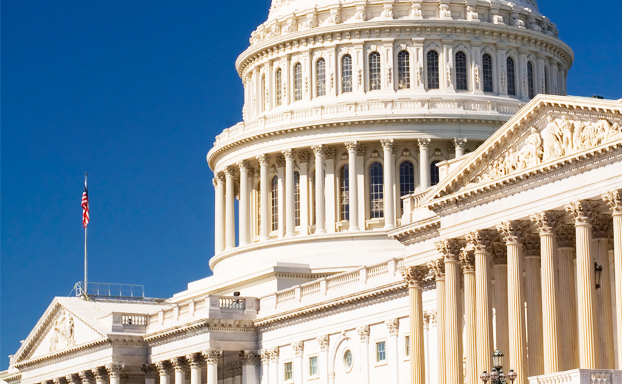At the Local Search Association (LSA), we have seen increased activity in legislation seeking to impose publisher liability for any content a publisher distributes or displays including advertising or marketing. This is a public policy issue that can have severe consequences for anyone in the stream of distributing content in public media.
While the name suggests exposure for publishers, it also can implicate agencies, media owners, website operators, ad exchanges and distribution companies and may cover print, digital, social, mobile, audio or visual media.
Contrary to the concept of publisher liability, the general principle is that publishers are not liable for content created by third parties and displayed on the publishers’ media because their role is simply that of a distribution channel. An old-school analogy would be that of a cork notice board on the wall where anyone can post or pin content – the owner of the board does not control what content is posted. And today’s marketplace of programmatic ad buying/selling and automated ad exchanges minimize publisher interference.
As such, laws often exclude publishers from liability. For example, many state consumer protection laws that prohibit deceptive or misleading statements in marketing or misrepresentations regarding a product or service also have an express exemption for publishers.
However, the FTC recently pronounced a warning in the area of publisher liability, specifically in regards to native advertising. And the warning was not regarding traditional content of copy, text and words, but of the appearance of ads.
The FTC will hold publishers liable for misleading consumers into thinking ads are true native content including the way that such advertising is displayed and labeled. To the extent publishers help create the design or format of sponsored content such that consumers are unaware the content is actually an ad, they can be held liable.
And the bar is set high – the FTC stated that an ad will usually be considered deceptive if it misleads 15% of consumers and sometimes as few as 10% of consumers. So if 10-15% of consumers are unable to tell that a post is sponsored or is a paid advertisement, and the publisher helped design the ad to blend in to the native content, the FTC’s position would be that the publisher is liable.
It will be interesting to see what changes, if any, will be made to those using native advertising and whether these changes decrease the effectiveness of those ads.



